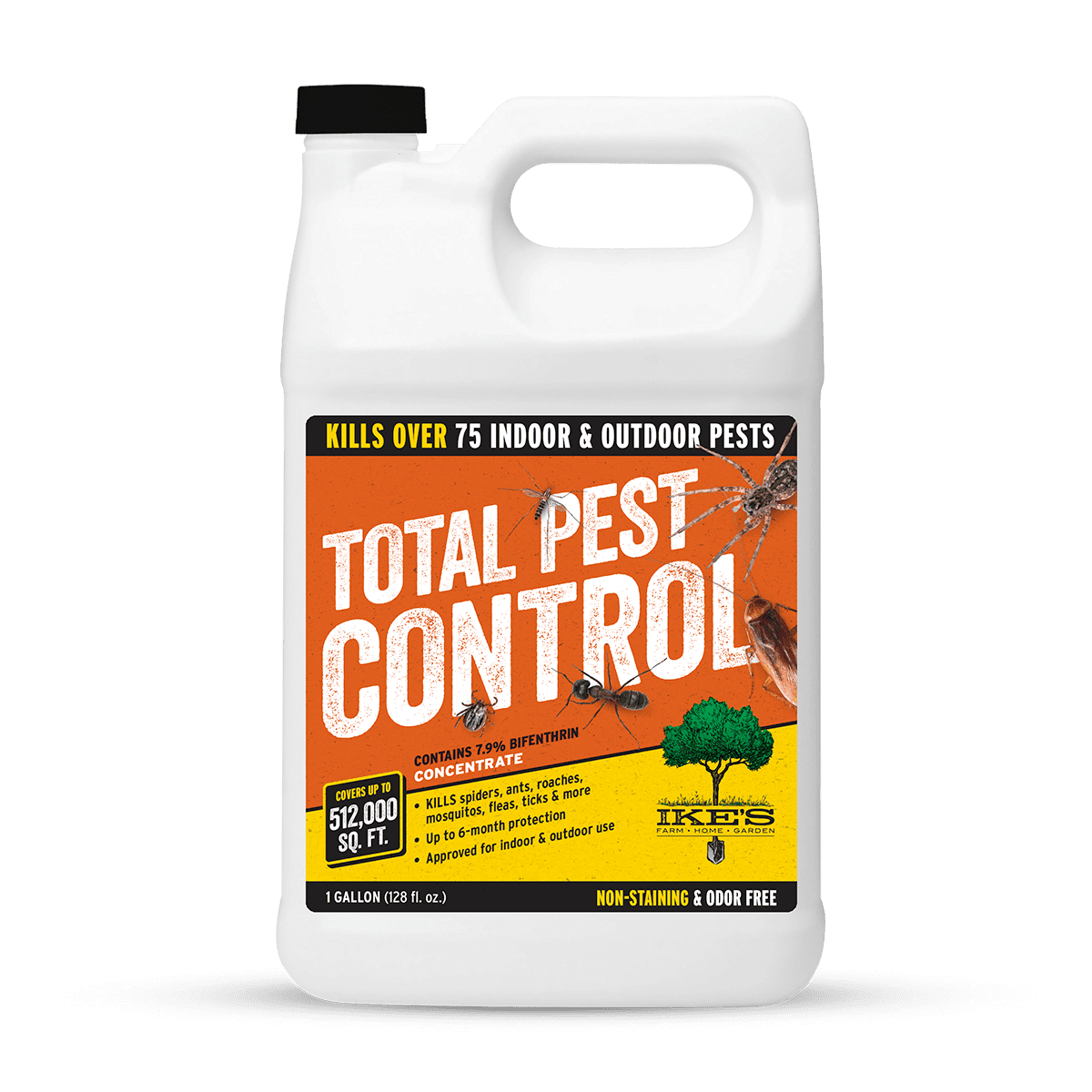Reliable Parasite Control Providers: A Thorough Take A Look At Extermination Techniques and Prevention Measures
In the realm of insect control solutions, the successful administration of invasions needs a thorough approach that integrates various methods and steps for both removal and prevention. From Integrated Bug Management (IPM) techniques that focus on sustainable services to chemical elimination methods created for targeted removal, the toolbox versus insects is huge and multifaceted.

Integrated Parasite Management (IPM) Methods
Integrated Bug Monitoring (IPM) Methods encompass a thorough method to pest control that concentrates on surveillance, control, and avoidance methods to efficiently handle parasite populations. By integrating various techniques, IPM intends to reduce the effect of insects while also minimizing the dependence on chemical pesticides. Prevention lies at the core of IPM, highlighting practices like proper cleanliness, upkeep of hygiene, and sealing entrance indicate prevent insects from infesting buildings. Monitoring plays an essential function in IPM by frequently checking and identifying pest degrees to figure out the appropriate treatment limits. Control techniques in IPM prioritize using physical, biological, and social methods prior to transforming to chemical therapies as a last resource. These approaches include introducing all-natural killers, environment modification, and utilizing trapping tools to keep insect populations in check. Overall, IPM fosters a sustainable and environmentally aware approach to pest monitoring, advertising long-lasting options that safeguard both human health and the ecological community.
Chemical Elimination Methods
Chemical extermination strategies are frequently employed in bug control services to successfully remove pest populations that position a threat to human health and wellness and residential property. These methods involve making use of numerous chemical substances especially developed to target and eliminate pests such as insects, rats, and various other unwanted animals. The application of chemicals, pesticides, rodenticides, and various other chemical representatives is meticulously regulated to make sure maximum performance while decreasing risks to humans, pets, and the environment.
Among the vital advantages of chemical elimination methods is their capability to give fast and targeted outcomes, making them especially valuable in instances of severe problems or immediate pest control demands - portland exterminators a1 for bed bugs. However, it is necessary to stress the relevance of proper handling, application, and disposal of these chemical items to prevent unintended injury
In addition, integrated pest administration (IPM) techniques typically incorporate chemical extermination techniques with other techniques such as sanitation, habitat modification, and biological controls to produce a extensive and lasting bug control strategy. By incorporating chemical extermination methods deliberately within an IPM structure, pest control solutions can properly take care of bug populaces while minimizing potential risks to human health and the environment.
Organic Insect Control Methods
Employing all-natural predators and parasites to take care of bug populations treating termites in your home is a lasting technique understood as biological insect control. a1 pest control in portland oregon bed bugs. One common biological control approach involves presenting all-natural adversaries of the target bug types, such as ladybugs for aphid control or nematodes for termite problems.
Another effective organic control method is using microbial pesticides. These are normally happening bacteria, such as viruses, fungi, and microorganisms, that particularly target and contaminate particular bug varieties. By using these microbial representatives, pest populaces can be properly lowered without damaging helpful microorganisms or structural pest control creating damage to the environment.
Physical Insect Avoidance Measures
Implementing physical bug avoidance steps entails utilizing obstacles and structural modifications to prevent parasites from infesting a building or going into (a1 residential pest control portland or bed bugs). One efficient approach is securing all potential entry points such as spaces around doors, windows, and utility penetrations. Setting up door moves, displays on windows, and sealing fractures in the foundation can aid avoid bugs like bugs and rats from getting indoors. In addition, keeping a clutter-free and clean environment is important as pests are drawn in to food resources and hiding spots. Consistently inspecting and repairing any type of broken displays, vents, or roof covering ceramic tiles can also assist in maintaining insects out.
An additional physical prevention action is the usage of barriers like secure fencing to maintain bigger parasites such as deer or raccoons away from the home. By carrying out these physical insect prevention procedures, residential property proprietors can considerably minimize the danger of insect infestations and the damage they can cause.
Specialist Insect Evaluation Treatments
Conducting detailed and systematic pest assessments is a basic aspect of professional insect administration protocols. check it out Expert bug assessors are educated to meticulously analyze homes for indications of infestations, identifying pest types, entrance points, and favorable conditions.

Conclusion
To conclude, effective bug control solutions employ a range of methods, consisting of Integrated Insect Monitoring strategies, chemical elimination approaches, organic controls, and physical prevention steps. Specialist pest evaluation treatments play an important role in identifying and dealing with pest problems in a timely way. By applying a mix of these techniques, home proprietors can efficiently take care of and protect against pest infestations.
From Integrated Insect Monitoring (IPM) approaches that focus on lasting remedies to chemical elimination strategies made for targeted removal, the collection versus pests is substantial and diverse.Integrated Bug Administration (IPM) Strategies incorporate a thorough strategy to pest control that concentrates on monitoring, avoidance, and control methods to effectively manage parasite populaces.Chemical extermination strategies are generally utilized in pest control solutions to successfully get rid of bug populations that pose a hazard to human health and wellness and building.Utilizing natural killers and bloodsuckers to handle pest populaces is a sustainable approach understood as organic insect control.In verdict, reliable bug control solutions use a range of methods, consisting of Integrated Pest Administration techniques, chemical extermination methods, organic controls, and physical prevention measures.